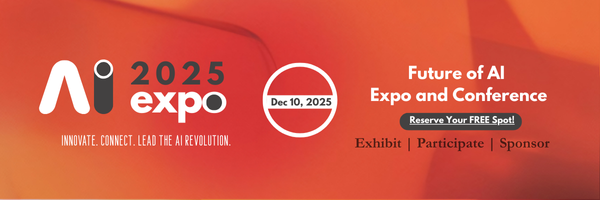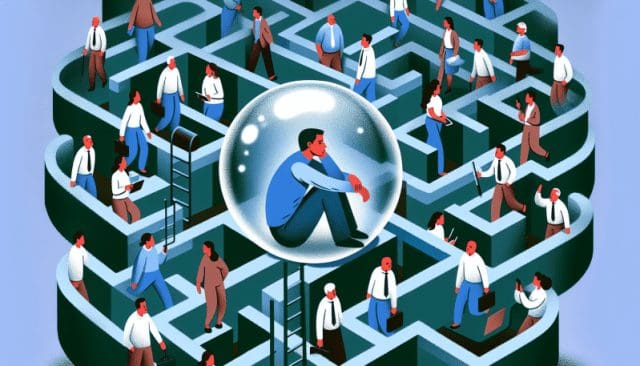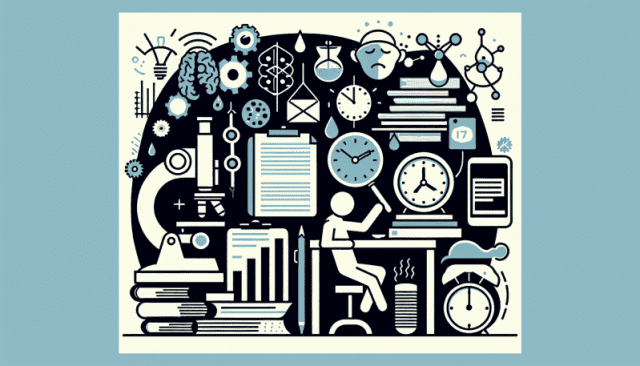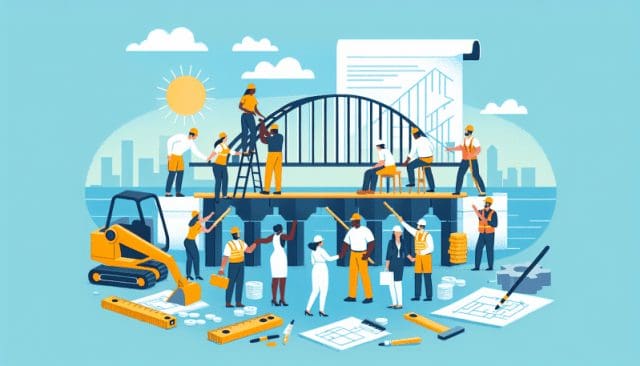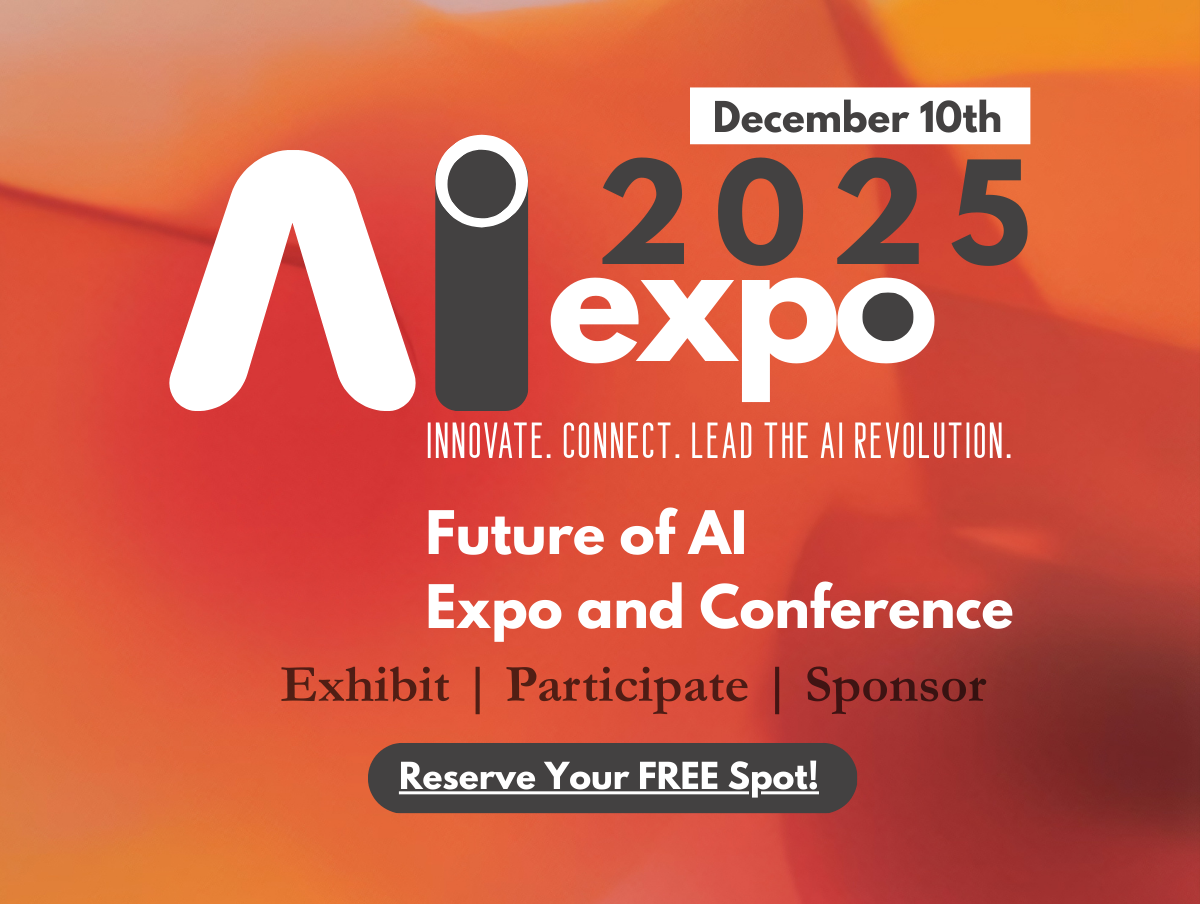The Gig Economy and Workplace Conflict: Navigating Tensions Between Flexibility and Fairness
In the vibrant hustle of New York’s job market, the gig economy has emerged as a dynamic force, restructuring the traditional notions of work, worker, and workplace. As companies increasingly lean on independent contractors and freelancers, a new breed of worker has come to the fore, seeking autonomy, variety, and flexibility. However, this seismic shift has not come without its share of tensions. The gig economy raises pivotal questions about employment practices, blurring the lines between flexibility and fairness in our modern workplaces.
The allure of the gig economy is undeniable. For many workers, the freedom to choose when, where, and how much to work is immensely attractive. This flexibility can lead to a better work-life balance and the opportunity to pursue multiple interests. On the flip side, traditional employees often enjoy the stability of regular hours, predictable income, benefits, and legal protections that gig workers typically lack.
These divergent paths have ignited conflicts in workplaces that mix traditional and gig employment models. Gig workers may feel marginalized or exploited due to inconsistent workloads, lack of benefits, and precarious job security. Meanwhile, full-time employees might view the gig economy as a threat to their job security and worry about the dilution of workplace standards and benefits that they have long fought for.
The role of companies in this evolving landscape is crucial. They must not only adapt to changing market demands but also ensure they do not exploit the vulnerabilities of gig workers. Equitable treatment, transparent policies, and inclusive practices are essential to mitigate tensions and promote harmony within a diverse workforce. Recruiters, in particular, face the challenge of balancing these needs while also adhering to ethical standards and fostering a positive work environment.
Policymakers, too, must navigate these complexities. Legislation that once catered to a clear-cut workforce must now be reexamined to protect the rights of gig workers while enabling the innovation and competitiveness that the gig economy can deliver. New policies must consider the full spectrum of work arrangements and provide a modern framework that addresses the rights and responsibilities of all parties involved.
Innovative strategies for conflict resolution in the gig economy include establishing industry standards for gig work, creating portable benefits systems, and implementing dispute resolution mechanisms specifically tailored to gig workers. Companies can also embrace practices like predictive scheduling, transparent payment systems, and fostering a community among all workers, regardless of their employment status.
Case studies within the New York job market reveal the complexities of managing gig economy conflicts. For instance, ride-sharing drivers have famously clashed with their platform companies over classification and benefits, while food delivery workers have campaigned for better working conditions and pay. These cases underscore the need for ongoing dialogue, innovative solutions, and a commitment to fairness across the board.
For recruiters tasked with harmonizing a diverse workforce, the path forward involves a delicate balancing act. They must cultivate an understanding of the unique needs and expectations of gig workers while maintaining a commitment to ethical recruitment and employment practices. This means not only matching the right talent to the right opportunities but also advocating for fair treatment and equitable policies that serve the long-term interests of all workers.
The gig economy has irrevocably changed the landscape of work in New York and beyond. As we navigate these changes, it is imperative that we strike a balance between the flexibility that defines the gig economy and the fairness that is essential to a just work environment. Only then can we ensure that the future of work is beneficial for everyone involved – workers, companies, and society at large.
















